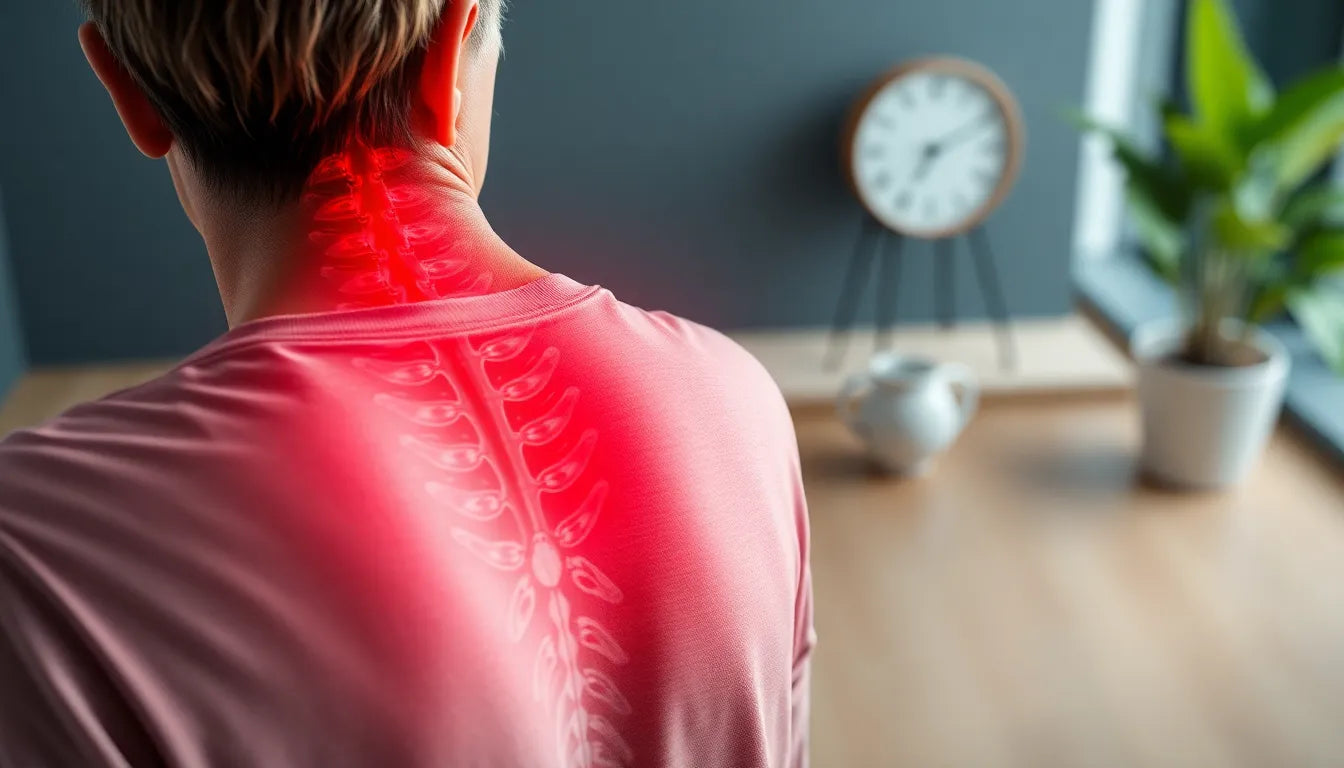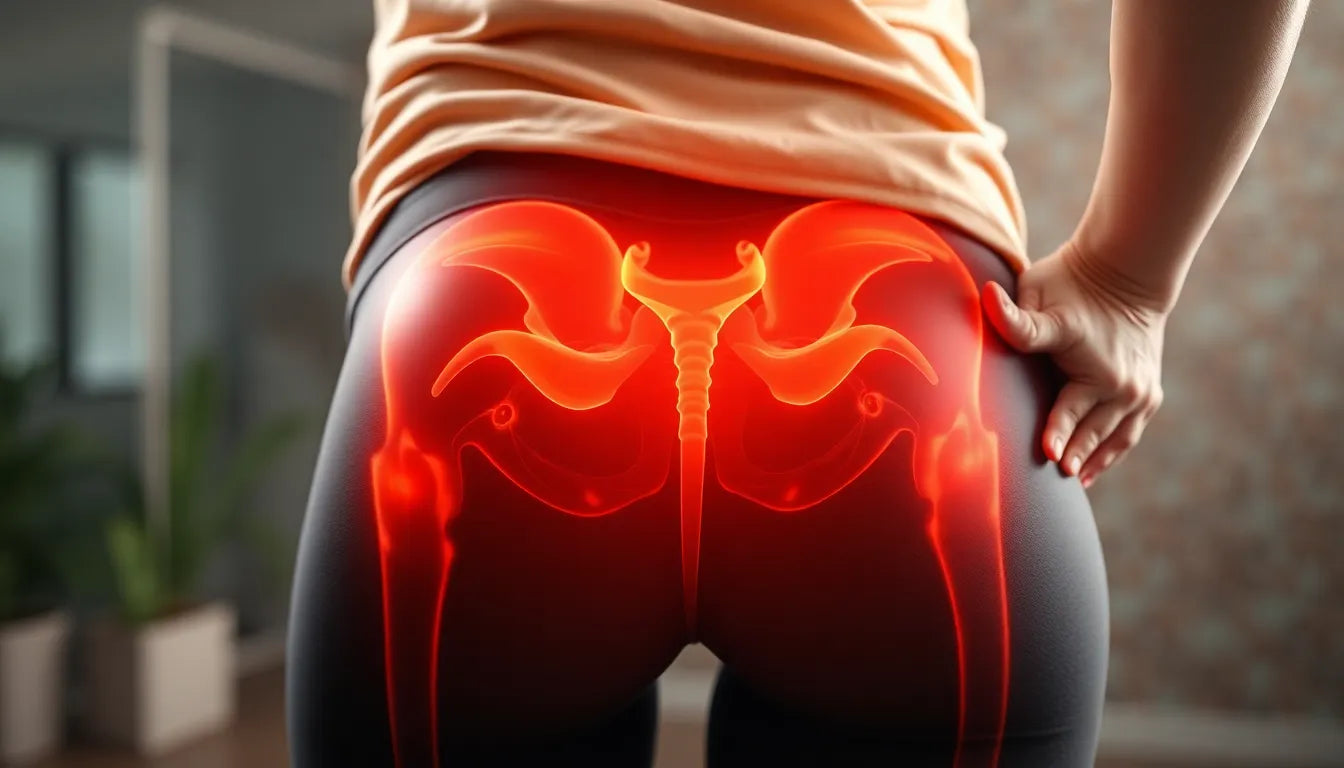In today's fast-paced world, the importance of ergonomics in our workspaces is gaining unprecedented attention. With a significant shift towards remote and hybrid work setups, many individuals are finding themselves grappling with the challenges of creating a conducive work environment at home. Poor workspace ergonomics can lead to a myriad of health issues, including back pain, neck strain, and a noticeable dip in productivity. As more people experience these discomforts, the demand for ergonomic solutions is on the rise.
What is an ergonomic desk setup?
An ergonomic desk setup is more than just a trendy buzzword—it's a strategic approach to designing a workspace that supports natural posture, comfort, and productivity. This involves adjusting your equipment and the layout of your desk to meet your individual needs, thereby preventing discomfort and reducing the risk of injury. By aligning your workspace with ergonomic principles, you can enhance your overall well-being and work efficiency.
At its core, an ergonomic desk setup is tailored to support the natural curves of your body, ensuring that your posture remains neutral and relaxed. This means selecting a chair that offers lumbar support, positioning your monitor at eye level, and ensuring that your keyboard and mouse are within easy reach. These adjustments might seem minor, but they can make a significant difference in your daily comfort and long-term health.
The benefits of an ergonomic desk setup
The advantages of adopting an ergonomic desk setup extend beyond mere comfort. By optimizing your workspace, you can significantly improve your health and productivity. Ergonomic setups are designed to reduce the strain on your body, which can lead to fewer musculoskeletal disorders and less absenteeism due to pain-related issues. Moreover, a well-arranged workspace can enhance your focus and efficiency, allowing you to perform tasks more effectively.
As we delve deeper into the specifics of creating an ergonomic desk setup, it becomes clear that the benefits are manifold. Not only do these setups foster a healthier work environment, but they also contribute to a more pleasant and productive work experience. In the following sections, we'll explore practical recommendations for achieving an ergonomic workspace, whether you're sitting, standing, or alternating between both.
step-by-step guide to an ergonomic desk setup
Creating an ergonomic workspace is a process that involves careful consideration of various elements. Here's a comprehensive guide to help you set up your desk for maximum comfort and efficiency.
chair adjustments for optimal support
Your chair is the foundation of your ergonomic setup. It is crucial to select a chair that offers proper lumbar support to maintain the natural curve of your spine. Adjust the chair height so that your feet rest flat on the floor, with your knees at a 90-degree angle. This positioning helps reduce strain on your lower back and promotes good posture. Additionally, ensure that your hips are aligned with the back of the chair to provide stability and support.

Lumbar support belt
Støtter og stabiliserer din lænd – ideel mod rygsmerter ved stillesiddende arbejde eller aktivitet.
Pay attention to armrests and seat depth as well. Armrests should allow your shoulders to relax while keeping your forearms parallel to the ground. The seat depth should be such that there is a small gap between the edge of the seat and the back of your knees, allowing for proper circulation.
desk and monitor placement
The height of your desk should allow your legs to fit comfortably underneath, with your forearms resting at approximately a 90-degree angle to your upper arms. This position prevents strain on your shoulders and neck.
When it comes to monitor placement, the top of your screen should be at or slightly below eye level, positioned about an arm's length away. This setup minimizes the need for neck bending and twisting, reducing the risk of neck strain. Ensure that your monitor is directly in front of you to maintain a neutral head position.
keyboard and mouse positioning
Proper keyboard and mouse placement are essential to prevent wrist strain. Your keyboard should be positioned just below elbow level, with your wrists in a neutral position. This alignment helps reduce stress on your wrists and forearms. Keep your mouse close to the keyboard to avoid overreaching, which can lead to shoulder and arm discomfort.
sitting vs. standing desk setups
Both sitting and standing desk setups have their own ergonomic considerations. Here's how to optimize each:
sitting desk ergonomics
For a sitting desk setup, ensure that your chair, desk, and monitor are adjusted according to the guidelines mentioned above. Regular posture checks and adjustments are crucial to maintaining comfort throughout the day. Incorporate footrests if needed to support your feet and alleviate pressure on your lower back.
benefits of standing desks
Standing desks offer a range of health benefits, including reduced back and neck pain, improved mood, and increased energy levels. Research indicates that alternating between sitting and standing can enhance productivity and reduce the risk of chronic diseases. To maximize these benefits, switch between sitting and standing every 30 minutes. When standing, keep your feet shoulder-width apart and adjust your monitor and peripherals to suit your standing posture.
homemade ergonomic solutions
Creating an ergonomic desk setup doesn't have to be expensive. There are numerous ways to achieve a comfortable workspace using common household items. Use pillows or cushions to provide additional lumbar support for your chair. Books can serve as monitor risers, ensuring your screen is at the correct height.
These simple solutions make ergonomics accessible to everyone, regardless of budget. By being creative and resourceful, you can tailor your workspace to meet your ergonomic needs without breaking the bank.
In the next section, we'll explore the health and productivity benefits of an ergonomic desk setup, along with tips for incorporating regular movement and breaks into your workday.
Health and productivity benefits of an ergonomic desk setup
Implementing an ergonomic desk setup can lead to significant improvements in both health and productivity. Studies have shown that such arrangements can reduce the incidence of musculoskeletal disorders, which are common among individuals with poor workspace ergonomics. By minimizing the physical strain associated with prolonged sitting or improper posture, employees experience fewer health-related absences, thereby enhancing overall workplace efficiency.

Women's Posture Shirt™ - Black
Aktiverer musklerne og kan lindre smerte, spændinger og forbedrer din kropsholdning.
Organizations that prioritize ergonomic workspaces also benefit from reduced work injuries and increased productivity. Employees working in ergonomically optimized environments tend to be more focused and efficient, as they are less distracted by discomfort or pain. This, in turn, contributes to a healthier, more engaged workforce, fostering a positive organizational culture.
Incorporating regular movement and breaks
While an ergonomic desk setup is crucial, it is equally important to incorporate regular movement and breaks into your work routine. Prolonged periods of sitting or standing can lead to fatigue and discomfort, even in a well-designed workspace. Experts recommend taking short breaks every 30 to 60 minutes to stretch and change positions. Simple exercises, such as neck rolls, shoulder shrugs, and calf raises, can help alleviate tension and improve circulation.
Consider using tools like timers or mobile apps to remind you to move and stretch throughout the day. These reminders can help you maintain a balanced routine, preventing the build-up of stress and strain. By integrating movement into your workday, you can enhance your physical well-being and sustain your productivity levels.
Frequently Asked Questions
What is the most important aspect of an ergonomic desk setup?
Proper chair and monitor adjustments are crucial, as they directly impact posture and comfort. Ensuring your chair provides adequate lumbar support and your monitor is at eye level can significantly improve your ergonomic setup.
How often should I alternate between sitting and standing?
Ideally, you should alternate every 30 minutes to maintain comfort and prevent fatigue. This balance helps reduce the risk of musculoskeletal issues and keeps energy levels consistent throughout the day.
Can I achieve an ergonomic setup without expensive equipment?
Yes, many ergonomic principles can be applied using household items for support and adjustments. Items like pillows for lumbar support and books as monitor risers can help create a comfortable workspace without significant investment.
What are the long-term benefits of an ergonomic workspace?
Long-term benefits include a reduced risk of chronic pain, improved mental well-being, and increased productivity. Over time, an ergonomic setup can lead to a healthier work-life balance and greater job satisfaction.
Are standing desks effective for weight loss?
While standing desks offer numerous health benefits, they are not significantly effective for weight loss alone. However, they can contribute to a more active lifestyle, which may support weight management efforts.
Conclusion
Transforming your workspace with an ergonomic desk setup is a powerful step towards enhancing well-being and productivity. By tailoring your environment to support natural posture and comfort, you can prevent discomfort and boost efficiency. We encourage you to assess and adjust your workspace, incorporating regular movement and breaks to optimize your workday for health and performance.
Kilder
- Unilux. (n.d.). "Bureau Ergonomique."
- Witre. (n.d.). "10 Essensielle Kontormøbler og Utstyr for en Ergonomisk Arbeidsplass."
- Kinnarps. (n.d.). "Skrivebord."
- Gerdmans. (n.d.). "Guide: Slik Velger du Riktig Skrivebord."
- Sono. (n.d.). "Hev-Senk Pult."
- Leitz. (n.d.). "Skrivebord Selvvurdering Sjekkliste."
- IKEA. (n.d.). "Hev-Senk Skrivebord."
- Beltton. (n.d.). "5 Tips Når du Velger Skrivebord."


















